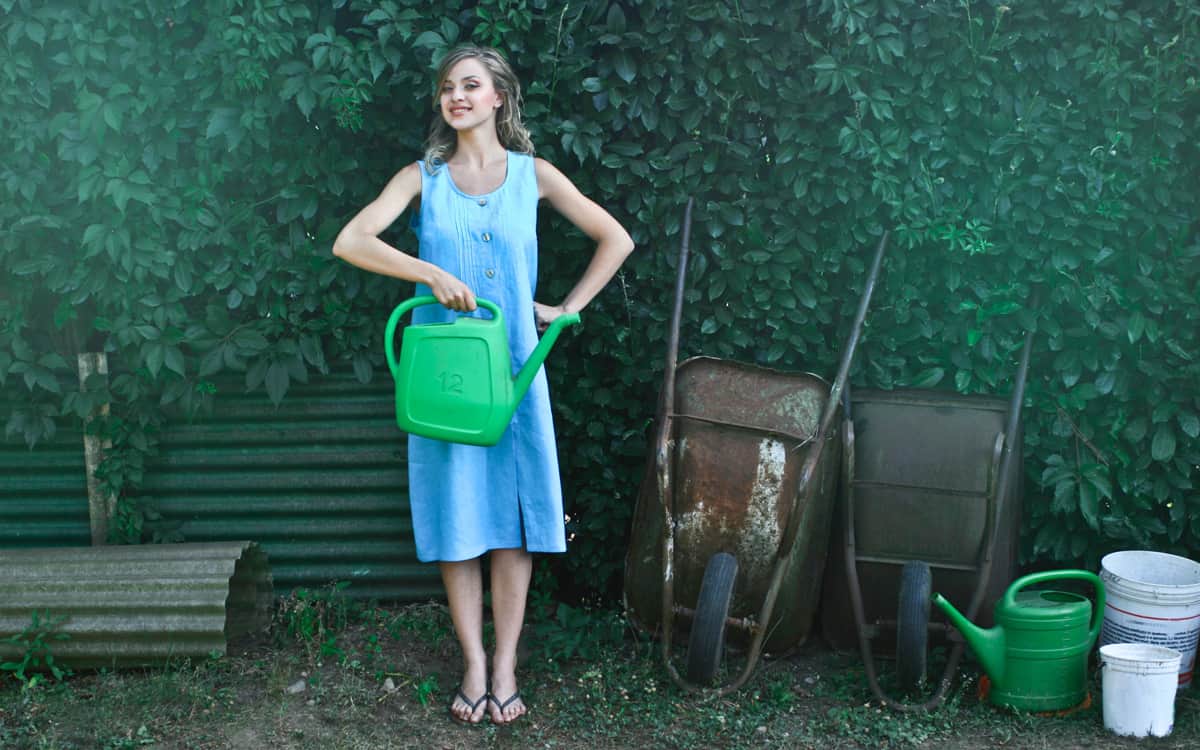The Beginners Guide to Gardening is a great book to give you all the information you need to begin your gardening adventures. Before you start your garden, you should determine your climate zone and the plants that will thrive in your region. You should also decide on the amount of sun that you want your garden to get, and make sure you have the right equipment for your needs.
Get the right amount of sunlight every day
In order to make the most of your garden you need to know exactly how much sunlight you are getting. There are several different ways you can measure your sun exposure and a few simple rules of thumb that will help you get started.
The amount of sunlight you receive is directly related to the health of your plants. Many vegetables require at least six hours of direct sunlight a day. You may also want to consider planting some shade loving plants. This is especially true if you live in a climate where there are no trees to provide shelter.
If you are unsure how much sunlight you are receiving, a simple method of estimating your sun exposure is to sketch out a map of your yard. You can then mark the sun at various times during the day and calculate the total number of hours you receive each day.
Determine your climate zone
Defining your climate zone before gardening is the first step to becoming a successful gardener. Knowing the climate of an area, such as the temperature and rain, will determine the type of plants you should plant and how to grow them.
The best way to define your zone is by talking with local gardeners or checking out a map. The USDA has developed an interactive hardiness zone map, which is searchable by zip code.
You may also be interested in looking at a map of the world’s climate zones. These maps show you what to expect in your area, and are based on information about the plants that are common in the area. Using the data from this map, you can pick plants that are well-suited for your area.
Start with annual plants
When you’re ready to start your own garden, it’s important to understand what plants to grow. Annuals are a great choice for beginners. They’re easy to care for and come in a wide variety of shapes, sizes, colors, and textures. This guide will teach you how to grow annuals, including when to plant them, what to look for, and some tricks to boost your success.
You can also find information on when to plant your annuals by going to the Farmers Almanac website. Their frost date tool helps you avoid planting too early.
When you’re ready to plant, choose a location and fill the hole with a small amount of soil. Keep in mind that many annuals are hardy in cooler climates. Make sure the ground is well-drained and moist.
Minimize your equipment costs
When you are landscaping your yard, it can be a costly endeavor to keep up with the rising costs of labor and equipment. The National Gardening Association recently conducted a survey to find out what consumers think about gardening. It found that nearly half of respondents said they spend between 73 and 86 hours a year maintaining their lawn. Thankfully, there are ways to save money while you keep your yard looking great.
One of the first steps is to evaluate your equipment. This can involve finding out how much your equipment costs and how much it uses per hour. By analyzing this information, you can make the appropriate decisions. You can also look into the operational manuals of the equipment you are using to learn about the maintenance schedules and recommended usage.
Keep a weekly to-do list
If you’re a novice gardener, keeping a weekly to-do list is a must. Having a checklist of your responsibilities will ensure that you don’t forget important tasks. Creating your own to-do list is a great way to get yourself started, and there are plenty of free templates available online. You can even use a pre-designed planner or keep a notebook. Keep track of the tasks you need to do and keep it in a place where you’ll see it regularly.
The autumn is a good time to prepare your plants for the colder months. A few of the key chores include winterizing the lawn, giving your permanent plantings TLC, and cleaning up your veggie garden. This will give you more time in the spring to plant.

